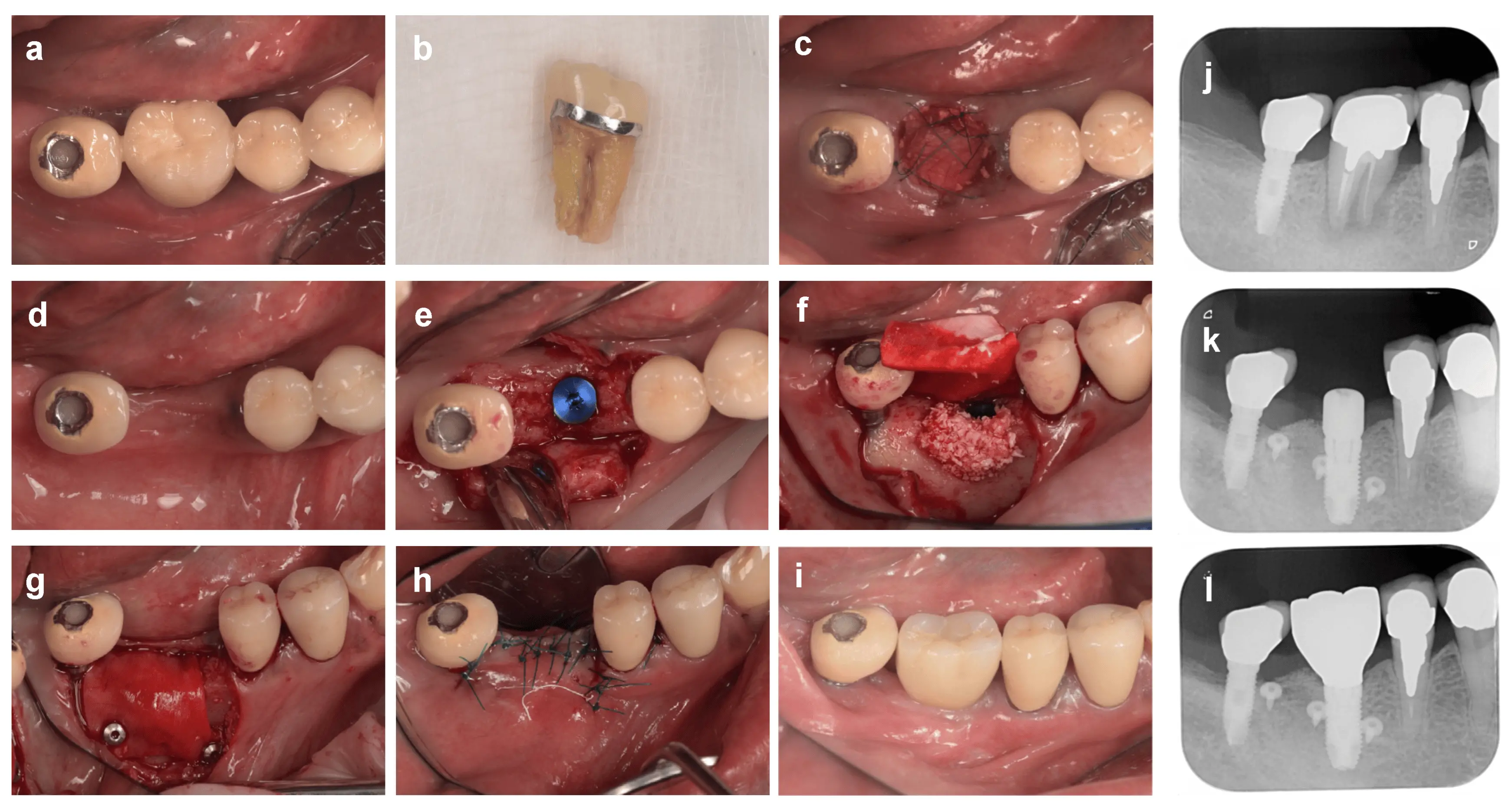- Home
- Medical news & Guidelines
- Anesthesiology
- Cardiology and CTVS
- Critical Care
- Dentistry
- Dermatology
- Diabetes and Endocrinology
- ENT
- Gastroenterology
- Medicine
- Nephrology
- Neurology
- Obstretics-Gynaecology
- Oncology
- Ophthalmology
- Orthopaedics
- Pediatrics-Neonatology
- Psychiatry
- Pulmonology
- Radiology
- Surgery
- Urology
- Laboratory Medicine
- Diet
- Nursing
- Paramedical
- Physiotherapy
- Health news
- Fact Check
- Bone Health Fact Check
- Brain Health Fact Check
- Cancer Related Fact Check
- Child Care Fact Check
- Dental and oral health fact check
- Diabetes and metabolic health fact check
- Diet and Nutrition Fact Check
- Eye and ENT Care Fact Check
- Fitness fact check
- Gut health fact check
- Heart health fact check
- Kidney health fact check
- Medical education fact check
- Men's health fact check
- Respiratory fact check
- Skin and hair care fact check
- Vaccine and Immunization fact check
- Women's health fact check
- AYUSH
- State News
- Andaman and Nicobar Islands
- Andhra Pradesh
- Arunachal Pradesh
- Assam
- Bihar
- Chandigarh
- Chattisgarh
- Dadra and Nagar Haveli
- Daman and Diu
- Delhi
- Goa
- Gujarat
- Haryana
- Himachal Pradesh
- Jammu & Kashmir
- Jharkhand
- Karnataka
- Kerala
- Ladakh
- Lakshadweep
- Madhya Pradesh
- Maharashtra
- Manipur
- Meghalaya
- Mizoram
- Nagaland
- Odisha
- Puducherry
- Punjab
- Rajasthan
- Sikkim
- Tamil Nadu
- Telangana
- Tripura
- Uttar Pradesh
- Uttrakhand
- West Bengal
- Medical Education
- Industry
Alveolar ridge preservation after extraction may obviate need for additional augmentation during implant placement: Study

Alveolar ridge preservation after extraction may obviate the need for additional augmentation during implant placement suggests a study published in the Clinical Oral Implant Research.
This systematic review and meta-analyses aimed to evaluate the outcomes of alveolar ridge preservation (ARP) following extraction of non-molar teeth in comparison to early implant placement (EIP) in terms of clinical and radiographic changes, need for additional augmentation at the time of implant placement, patient-reported outcomes, and implant failure rate. Electronic databases were searched to identify randomized and non-randomized studies that compared ARP to EIP. The risk of bias was assessed using the Cochrane Collaboration's Risk of Bias tool. Data were analyzed using a statistical software program.
Results: A total of 106 studies were identified, of which five studies with 198 non-molar extraction sockets in 198 participants were included. Overall meta-analysis showed significant differences in changes in midfacial mucosal margin (mean difference (MD) −0.09; 95% confidence interval (CI) −0.17 to −0.01; p = .03) and ridge width (MD −1.70; 95% CI −3.19 to −0.20; p = .03) in favor of ARP. The use of ARP was also associated with less need for additional augmentation at implant placement, but the difference was not statistically significant. Within the limitation of this review, ARP following extraction of non-molar teeth has short-term positive effects on soft tissue contour, mucosal margin and thickness, and alveolar ridge width and height. It can also simplify future implant treatment by minimizing the need for additional augmentation.
Reference:
Atieh, M. A., Shah, M., Hakam, A., AlAli, F., Aboushakra, I., & Alsabeeha, N. H. M. (2024). Alveolar ridge preservation versus early implant placement in single non-molar sites: A systematic review and meta-analysis. Clinical Oral Implants Research, 00, 1–17. https://doi.org/10.1111/clr.14314
Dr Kamal Kant Kohli-MBBS, DTCD- a chest specialist with more than 30 years of practice and a flair for writing clinical articles, Dr Kamal Kant Kohli joined Medical Dialogues as a Chief Editor of Medical News. Besides writing articles, as an editor, he proofreads and verifies all the medical content published on Medical Dialogues including those coming from journals, studies,medical conferences,guidelines etc. Email: drkohli@medicaldialogues.in. Contact no. 011-43720751


